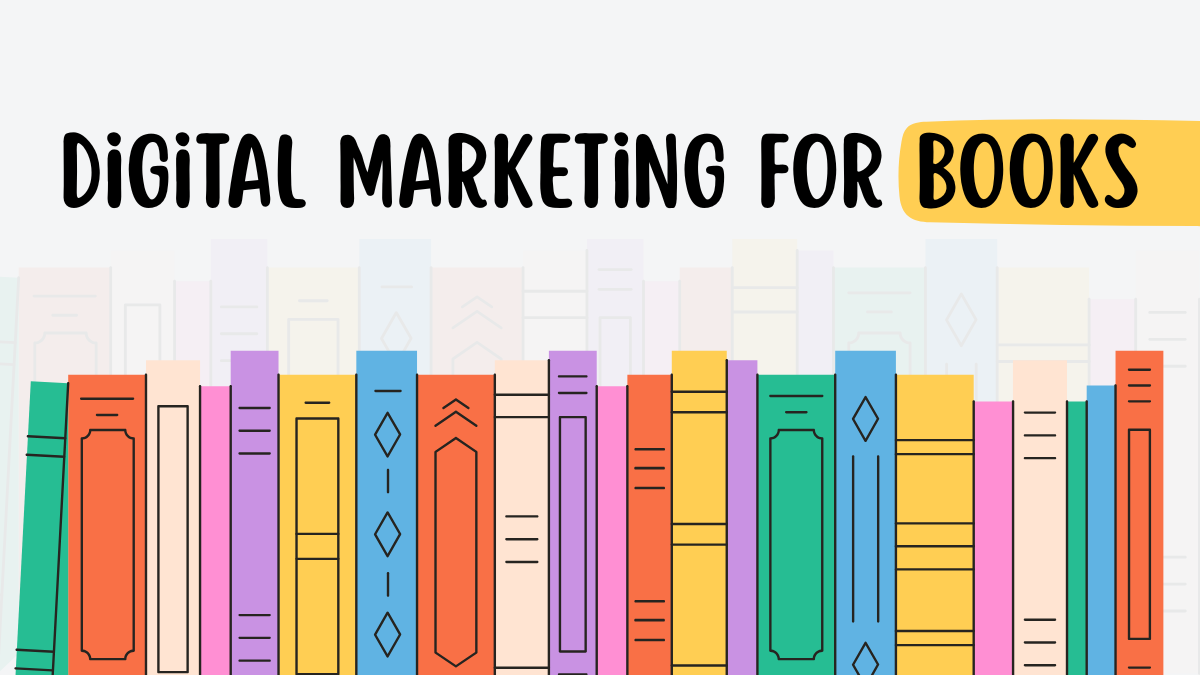
Digital Marketing for Books
So, you've written a book. You’ve poured your heart, soul, and countless hours into creating a world, sharing knowledge, or telling a story. Now comes the next big question: how do you get people to read it? This is where digital marketing comes in. It's the powerful tool that connects your book with the readers who are looking for it.
Think of digital marketing as building a bridge. On one side, you have your finished book. On the other side, you have millions of potential readers. Digital marketing provides the materials and the blueprint to build that bridge, using the internet to guide readers directly to your work. This guide will show you exactly how to do it, step by step.
What is Digital Marketing for Books?

Simply put, digital marketing for books is the practice of promoting and selling your book online. It’s about meeting readers where they already spend their time: on social media, in their email inboxes, and on search engines like Google. Unlike traditional marketing, which can be expensive and hard to measure, digital marketing gives you direct access to your audience and clear data on what works.
For authors and publishers, this is a game-changer. It levels the playing field, allowing a debut author to create buzz just as effectively as a large publishing house. It’s your direct line to building a community of fans who will not only buy your current book but eagerly await your next one.
Even if you’re not tech-savvy, digital marketing is accessible and scalable. You can start small and grow over time as you explore what works best for you and your readers.
Key Digital Marketing Strategies for Authors

Getting started doesn't have to be overwhelming. Let's break down the most effective strategies you can use to promote your book online.
Build Your Community with Social Media
Social media isn't just for sharing vacation photos; it's a dynamic tool for connecting with readers. The key is to choose the right platforms where your target audience hangs out.
-
Facebook: Create an author page to share updates, events, and exclusive content. Participate in genre-specific groups—many readers use Facebook for book recommendations, virtual book clubs, and author Q&As. Paid ads let you target readers by interest, age, and even favorite authors.
-
Example: Indie thriller writer John ran a Facebook giveaway for signed copies. He promoted it in reader groups and doubled his email list in one month.
-
Instagram: Emphasize visuals—share cover art, bookshelf photos, and stories from your writing journey. Reels and Stories are amazing for behind-the-scenes glimpses or quick advice for aspiring authors. Hashtags (#bookstagram, #indieauthor, #[genre]books) are a must.
-
Example: Romance author Mia posted daily writing prompts and cover teasers, growing her follower count by 5,000 in a year and landing collaborations with other authors.
-
TikTok (BookTok): Short, energetic videos reign here. Create reaction videos, trend challenges, or quick synopsis teasers. Engage with the BookTok community by commenting on others' posts and stitching popular videos.
-
Example: Debut fantasy writer Leo documented his "writing vs. reality" moments. His humorous clips resonated, earning him 20k followers and a surge in pre-orders before launch.
-
Goodreads: Claim your profile and actively participate in discussions. Host Q&A sessions, giveaways, and seek early reviews. Many readers look up books here before purchasing.
-
Example: A nonfiction author used Goodreads giveaways to get over 100 pre-release reviews, boosting her book's visibility on Amazon launch day.
Pro Tip: Focus on relationship-building. Respond to comments, join discussions, and foster authentic connections. Quality of engagement often matters more than numbers.
Create a Direct Line with Email Marketing
Your email list is your most valuable marketing asset. Why? Because it’s a direct, personal line of communication with people who have explicitly said they want to hear from you. Unlike social media, you own your email list, and your message isn't dependent on an algorithm.
Effective approaches:
-
Use reader magnets (free chapters, bonus short stories, printable bookmarks, book club discussion guides) to entice sign-ups.
-
Set up automated welcome sequences to greet new subscribers and introduce your background.
-
Plan regular newsletters with a mix of value (writing insights, recommendations, personal stories) and occasional book promotions.
Example: Children’s author Priya offered a free coloring book related to her series for new subscribers. Her email list grew from 50 to 3,000 in a year, and her book sales spiked with each newsletter launch.
Advanced Tip: Segment your audience (separate lists for new readers, superfans, or book reviewers) so you can send more relevant, targeted messages.
Help Readers Find You with SEO
SEO (Search Engine Optimization) means adjusting your website and content so that search engines show them to relevant readers. When a reader searches for "inspiring memoirs 2025" or "books like Harry Potter," your content should appear in their results.
Tips for SEO success:
-
Start with your website: Use targeted keywords naturally in blog posts, page titles, and image descriptions.
-
Create blog content around popular search queries (e.g., "10 Best Cozy Mysteries for Fall," "How to Self-Publish Your First Book," or "Playlist for My Space Opera Novel").
-
Use Google Search Console (free!) to track which keywords bring readers to your site, and adjust your content accordingly.
Example: Cookbook author Steven blogs monthly recipes optimized for phrases like "easy vegan desserts." Over time, his traffic increased by 400%, and newsletter signups followed suit.
Additional Strategies to Boost Your Book’s Reach
Collaborations and Influencer Partnerships
Reach a broader audience by teaming up with other authors or influencers.
-
Organize online author panels or Instagram Live Q&As with writers in your genre.
-
Swap newsletter shout-outs or guest blog posts.
-
Partner with book bloggers, YouTubers, or Bookstagrammers for honest reviews or cover reveals.
Example: A historical fiction writer sent ARCs to a handful of history-focused book bloggers. Their glowing reviews led to a 3x increase in pre-orders.
Paid Advertising
Consider small targeted budgets for maximum impact:
-
Amazon Ads: Reach buyers right on the world’s biggest bookstore.
-
Facebook & Instagram Ads: Use precise audience targeting and run A/B tests to see what headlines or images perform best.
-
BookBub Ads: Highly effective for book launches or discount promotions, especially for genre fiction.
Remember: Start small, measure results, and refine your strategy instead of diving in headfirst.
Virtual Book Launches and Events
Host webinars, live readings, or online launch parties on Zoom, Facebook, or YouTube. Interactive events let you build community, answer questions live, and create memorable launch moments—even if readers are worldwide.
Example: Nonfiction author Jess hosted a launch event with a free downloadable workbook for attendees. The event was recorded and shared widely, doubling her anticipated launch-week sales.
Practical Tips for Creating Engaging Content
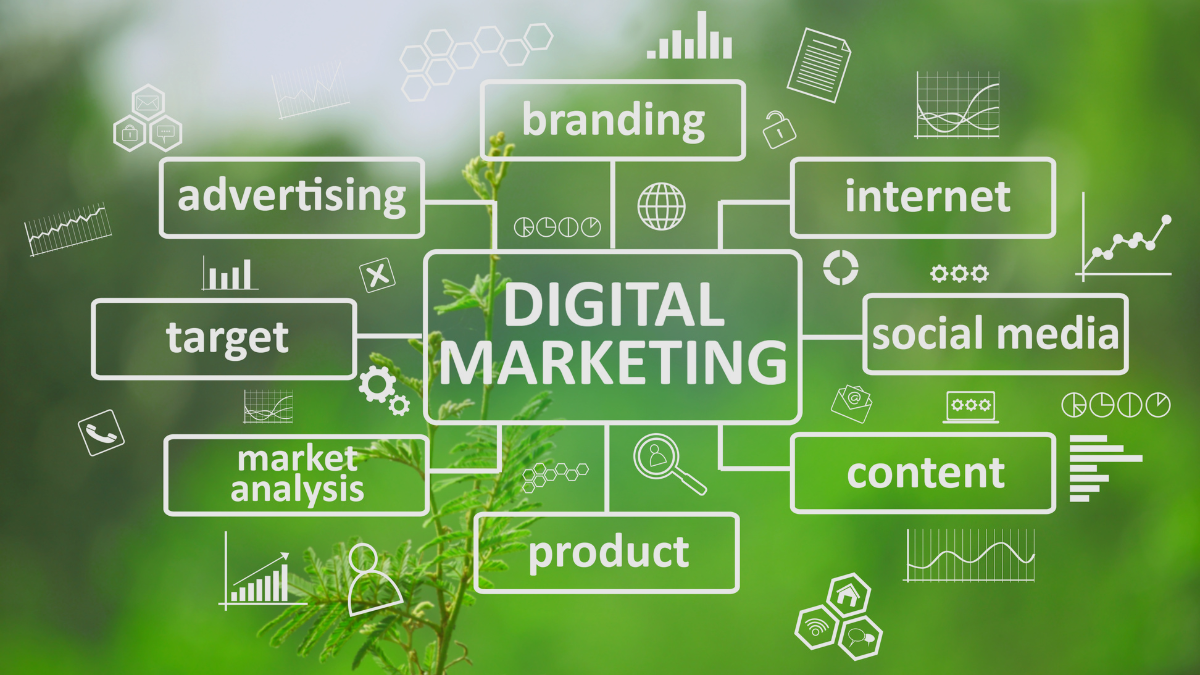
Content is the fuel for your digital marketing engine. Here’s how to create content that captures attention and promotes your book without feeling like a constant sales pitch.
-
Readers love seeing the person behind the book. Share photos of your writing space, talk about your creative process, or share a story about what inspired a particular character. This builds a personal connection.
-
Example: Sci-fi author Rahul posts weekly “work-in-progress Wednesdays,” sharing storyboards and deleted scenes from his upcoming novel.
-
Follow the 80/20 rule. 80% of your content should be valuable, entertaining, or engaging for your audience. The other 20% can be promotional. Share interesting articles, recommend other books you love, and engage in conversations.
-
The internet is a visual place. Use tools like Canva to create eye-catching graphics for your social media posts, blog, and emails. A strong visual can make someone stop scrolling and pay attention to your message.
-
Encourage readers to post pictures of themselves with your book. When they do, share their posts! This is powerful social proof that shows others are enjoying your work.
Bonus Tip: Experiment with different content types: polls, quizzes, giveaways, short videos, and infographics to keep your channels lively and engaging.
Tools to Simplify Your Marketing Efforts

You don't need to be a tech wizard to manage your digital marketing. Many tools are designed to be user-friendly and affordable.
-
For Email Marketing: Mailchimp, ConvertKit, and MailerLite offer easy-to-use platforms for building your email list and sending newsletters. Many have free plans to get you started.
-
For Social Media Management: Buffer and Hootsuite allow you to schedule your social media posts in advance, saving you time and ensuring you maintain a consistent online presence.
-
For Creating Graphics: Canva is a fantastic free tool with templates for creating professional-looking graphics for any platform, from Instagram posts to Facebook banners.
-
For Your Website: WordPress.org, Squarespace, and Wix make it simple to build a beautiful author website without needing to know how to code.
-
For Analytics: Google Analytics helps you monitor site traffic and user behavior, while Facebook Insights and Twitter Analytics show you how your posts are performing.
Time Saver: Draft content in batches and schedule it ahead. This allows you to focus more of your time on writing your next book!
More Real-Life Success Stories
Self-Publishing Success with Limited Resources
A self-published crime author, Lisa, didn’t have a marketing budget but created a free mystery short story as a lead magnet. She joined mystery Facebook groups and participated daily, sharing tips for aspiring writers. In six months, her mailing list grew to over 1,500 and her first novel climbed into the Top 10 of its Amazon subcategory.
Hybrid Approach Leads to Bigger Reach
History writer Tom collaborated with a local library for virtual readings and cross-promoted the events on YouTube and Facebook. The exposure sparked features in regional news, leading to higher sales and increased website visitors.
Advanced Digital Marketing Tips

Already comfortable with the basics? Try these to take your marketing further:
-
Set up Facebook or Google ads that follow users who visited your site but didn’t buy.
-
Build inbound links by writing guest posts for high-authority websites or participating in podcast interviews.
-
Build a sequence of emails (using platforms like ConvertKit) that nurture readers, introduce your book, and gently lead them to purchase.
-
Experiment with two versions of your ad, newsletter subject line, or social post to see what drives more clicks or sales.
Frequently Asked Questions (FAQ)
Do I need to be on every social media platform?
No! Choose one or two channels where your readers are most active. It's better to do a great job on one platform than a poor job on many.
How often should I send emails to my list?
Aim for at least once a month, but some authors find success with biweekly or even weekly updates. Be consistent so your readers know what to expect.
What if I don’t have a budget for ads?
Focus on organic growth—lean into content marketing, join reader groups, collaborate with other authors, and engage authentically.
Is it too late to start?
Never! New books, genres, and communities emerge every day. Readers are always looking for new voices and fresh perspectives.
How do I find my target audience?
Think about your book’s genre, themes, and similar authors. Join relevant online groups, observe their interests, and craft your content to connect with them.
What’s the single best thing I can do to start?
Build your email list! Even before you have a book out, start connecting with readers directly.
Final Thoughts
Feeling inspired? You have the power to connect your book with readers around the world. Here are a few actionable steps you can take today to begin your journey:
-
Don’t try to be everywhere at once. Pick one platform where you think your readers are and focus on building a presence there.
-
Sign up for a free account with an email marketing provider. Create a simple reader magnet—even a one-page PDF will do—and put a sign-up form on your social media profile.
-
Secure your domain name (YourNameAuthor.com is a great choice) and build a simple website. It only needs a home page, an about page, a page for your books, and a link to your email sign-up.
-
Reply to comments and emails, celebrate reader posts, and show your appreciation for every new supporter.
Digital marketing is a marathon, not a sprint. Be consistent, be authentic, and focus on building genuine connections. By doing so, you'll not only sell more books but also build a loyal community of readers for life.
30 minutes
Expert Consultation
Terms & Agreements
By booking a free 30-minute consultation, you agree to our terms, including scheduling, cancellation policies, and confidentiality. The session provides expert advice without guarantees of specific outcomes or results.

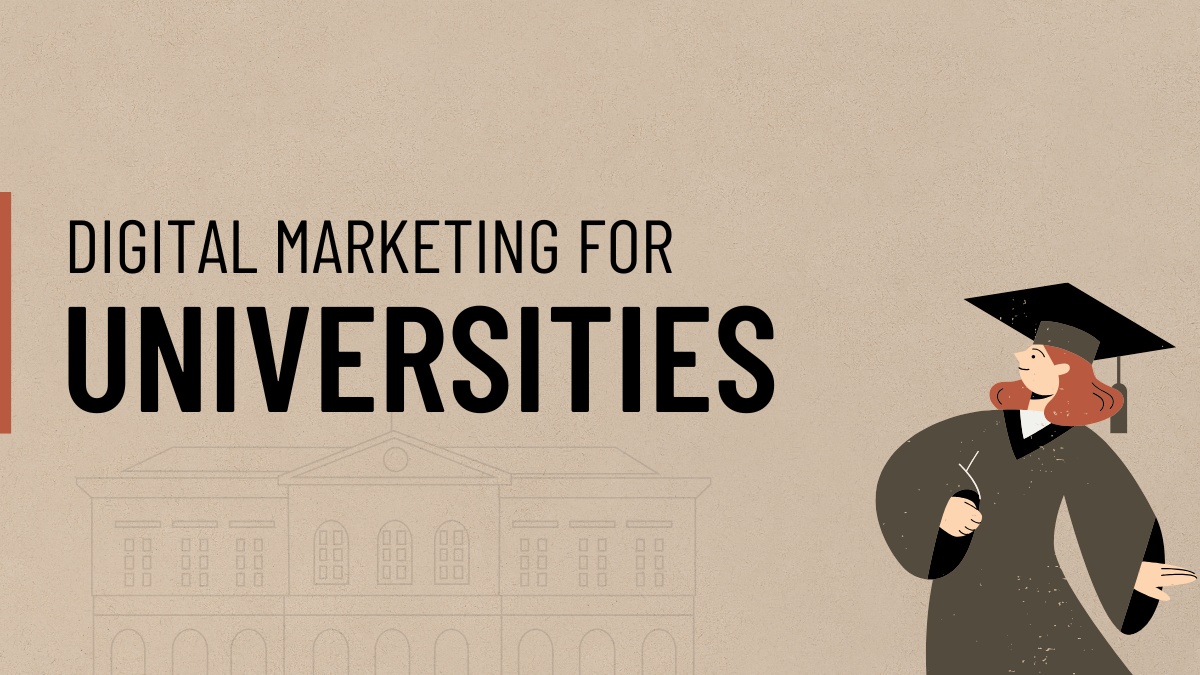
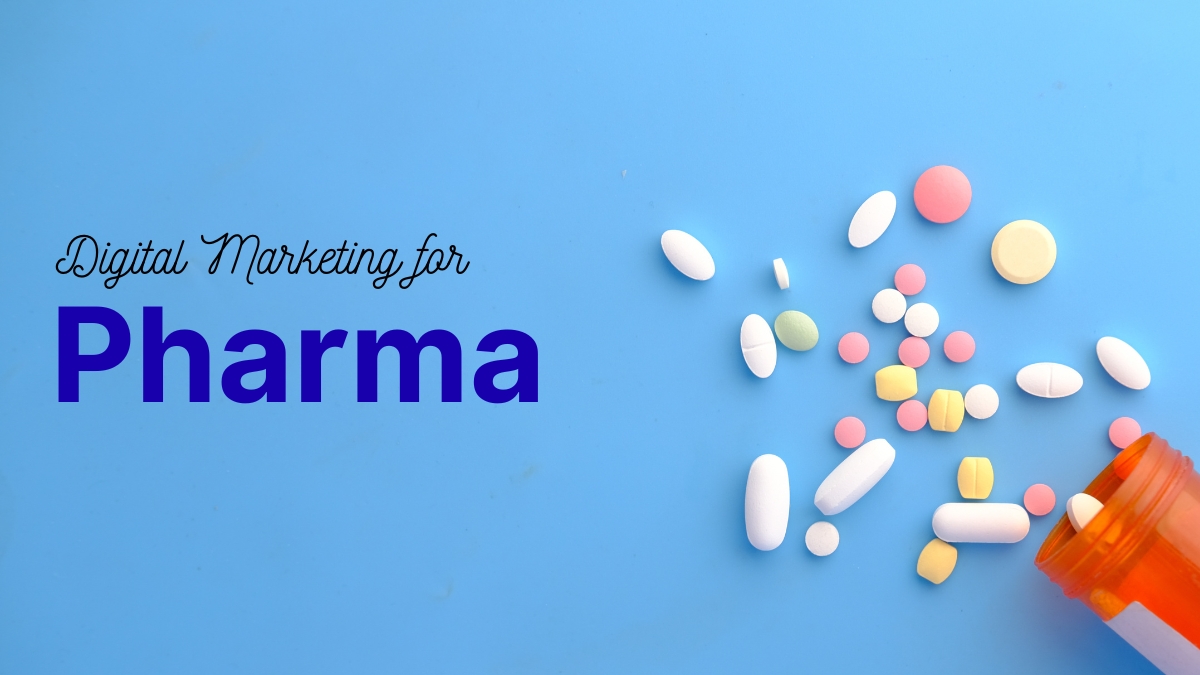


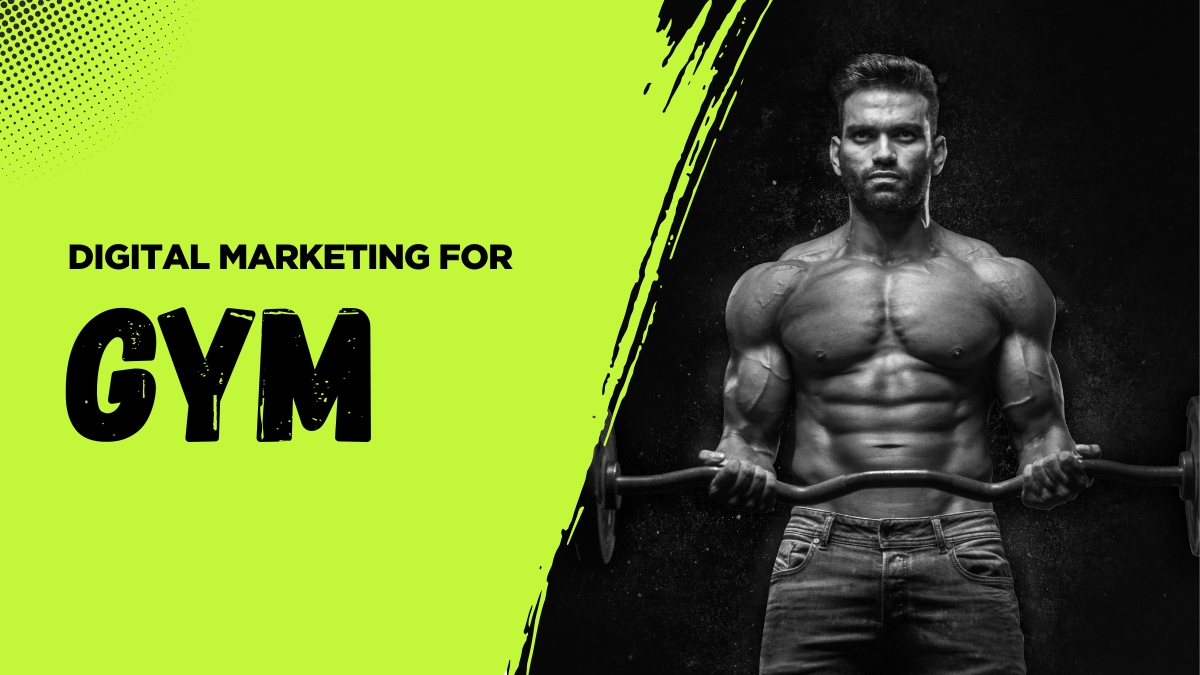
Leave a Reply
Your email address will not be published. Required fields are marked *